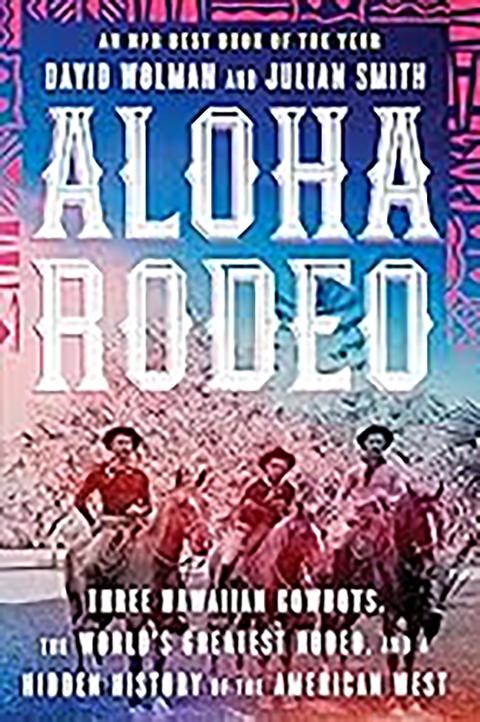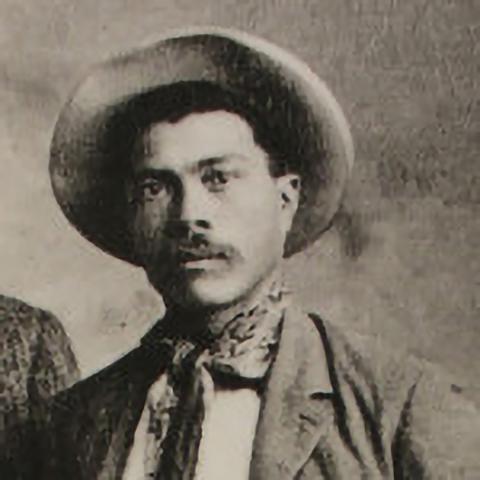Aloha Rodeo
By Rebecca Hein

Aloha Rodeo: Three Hawaiian Cowboys, the World’s Greatest Rodeo, and a Hidden History of the American West, by David Wolman and Julian Smith. William Morrow, New York, 2020, 222 pages. $18.99 paperback.
It was 1882 and Ikua Purdy, age 19, was careening down the steep Hawaiian slope in an all-out gallop to save his cousin’s life. Eben Low would bleed to death if Ikua failed.
The hazards Ikua faced were unbelievable: narrow trails; inch-long mesquite-tree thorns; jagged lava rocks; mud on the path; ferns and koa branches that would lash the rider if he didn’t lean to avoid them; stumps; mud pits created by wild hogs; camouflaged pits from past cattle drives and fallen trees.
Eben had injured himself roping and herding a feral longhorn, chasing it down the mountain. When the cow unexpectedly crossed in front of him, Eben had to quickly choose between being cut in half and risking the arm that held his lariat. The rope injured his arm, which bled copiously. He survived, but lost his hand. Undaunted, he continued as a cowboy, ultimately turning his disability to advantage.
Hawaiian cowboys, paniolo, had been running feral longhorns for 115 years before three of them competed at Cheyenne Frontier Days in 1908, creating a sensation. Being a cowboy in Hawaii required unbelievable toughness and skill, far surpassing anything Wyoming cowboys had to do.

The Hawaiians had to cope with rain, fog and extreme heat in a single day, depending on the elevation. The longhorns weighed three-quarters of a ton, and “[s]ometimes the cowboy had to yank the enraged animal off its feet over and over until it became relatively docile.”
Once they’d herded their bullocks down to the seashore, they had to drive them into the water, to be loaded onto steamships that would ferry the cattle to Honolulu or to overseas markets.
Neither did Wyoming cowboys have to contend with sharks, which could appear suddenly and bite “a swimming calf in two.” All stages of herding feral longhorns in Hawaii presented unique difficulties.
This detailed history of paniolo explains why Ikua and Archie Ka‘au‘a set new records for steer roping at the 1908 Frontier Days.
The book also chronicles Cheyenne and the Wild West extravaganza that became Frontier Days. We learn how Frontier Days began and developed, eventually attracting cowpokes from all over the world. The accounts of bronc riding alone are enough to curdle the reader’s blood.
[Rebecca Hein is an assistant editor at WyoHistory.org.]
Read Grass Skirts and Steel Guitars: The Wyoming Craze for Hawaiian Music
